Tandem Roller: What Is It & Some Questions May You Concern
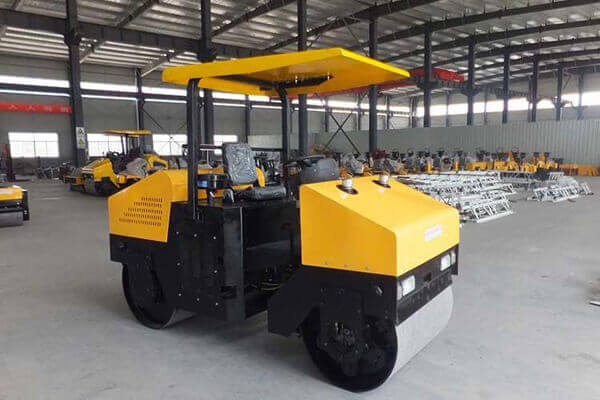
Compaction of soil and building roads require planning, preparation, and specialized equipment. Ideally, the surface should be smooth and uniform so that it can handle heavy loads and severe weather without breaking.
When it comes to building a gravel road across a large area or a short stretch on a smallholding, you would require a tandem roller. In this article, we will be discussing the tandem roller.
Contents
What Is a Tandem Roller
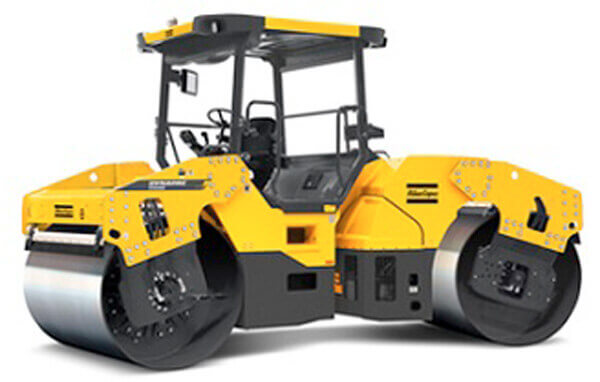
In tandem rollers, there is one steel drum in the front and one in the back. The roller is moved by the movement of the two drums. Thanks to its two drums, tandem rollers can flatten and pave entire highway segments within just a few hours. Although they’re great for flat, gradual surfaces like asphalt, their lack of traction means they’re not recommended for anything specialized.
How Vibrations Are Produced in The Drum
An eccentric weight attached to the shaft of a free-spinning hydrostatic motor inside the drum produces vibrations. There are some rollers with a second weight that can be rotated relative to the main weight to adjust the vibrating amplitude and thus the compacting force.
In the most simple form of tandem roller weight for producing vibration is added by simply putting large pieces of stones inside the roller. As the machine moves, the stones clash with the wall of the roller, and hence vibrations are produced.
How a Tandem Road Roller Operates
Follow these steps for operating the tandem roller:
- Turn on the master switch. It is located in the engine compartment. Turn the key. The engine will now start supplying the power.
- Adjust your seat so that you feel comfortable during the operation. The seat can be adjusted for leg lengths, and weight. Usually, seat adjustment levers are located below the seat and can easily be accessed with hands.
- Next is to adjust the control units. It can be adjusted for rotation and steering column angle. There is a lever usually on side of the seat which adjusts it. You can also change the back slope of your seat. After you have adjusted the seat and control unit make sure that their position is locked now.
- Now turn the switch in the middle position. It will show all the indicator lamps of the engine. The lamps will light up for five seconds and the beeper will produce a sound. Check for any warning lights.
- Check that voltmeter is giving at least desired amount of current level.
- Check the fuel using the fuel gauge and Check oil pressure and parking brakes.
- Before the operation, the preheating lamp must go on. Put on the seat belt. If there are signs of wear and tear on them replace them. Rubber elements on the operator platform should also be intact. Any worn-out items should be replaced as it will make the operator discomforting.
- If there is a cab for the operator sitting area, make sure the door of the cab is close before the operation. Before moving make sure the forward and rear views are clear and there is no obstruction. All the mirrors should be clean so that operator enjoys maximum visibility.
- Put the engine gear in the neutral position. Diesel engines are not able to start in any other position and set the desired amplitude of the vibration.
- Set the engine speed to idling position. This will let the roller start to move slowly.
- The maximum speed with rolling operation is recommended to be 6 km per hour while if it is not rolling the maximum speed should be 11 km per hour.
- During rolling and driving keep an eye on the gauges to make sure they are giving the right reading and there is nothing wrong.
- For difficult surfaces, there are special modes in the roller, which allow more power to be delivered to the drums.
- The control for vibration level is also given in the operator’s area. The vibration should be adjusted as per the design documents.
- To stop the roller apply brakes which are installed in the operator’s cabin in a similar way as in the car. Once the roller has come to stop, set it back to the neutral position and eventually turn off the engine.
How To Put On Tandem Roller
There are sometimes separate tandem rollers available in the market, which are developed to improve mobility. These separate rollers usually do not come in large-capacity models. Instead, they are used for small compaction or rolling jobs. To put on the roller with the machine, move the hand of the machine close to the joint of the tandem roller. Once it is closed, the tandem roller should also be moved to place it in the right position.
Once all the equipment is in the right position, but the key of the joint is on and lock the two pieces (an arm of machine and roller) together. Tighten the connection. Afterward, connect the necessary electrical cables and turn on the machine to check whether can maneuver the roller or not.
Does a Light Tandem Roller Work On Dirt
There is no limitation on their use of dirt. However for dirt, normally the goal is compaction, not the smoothening out of the surface.
A construction project’s compaction is one of the most critical aspects. It is possible to have foundation erosion, slab cracks, and leaky pipes without proper soil compaction. The result is unnecessary maintenance costs and structural failure. The foundation is the most important part of a building.
Compactors work for different purposes, such as plate compactors and roller compactors. Almost all of those foundations function primarily to stabilize and strengthen the project’s foundation.
Rolling land prepares the ground for harvest, pushes rocks downward, breaks down residues, and decreases grain and crop losses. By making the combining process faster and easier, rolling beans reduce the pickup of rocks, corn roots, damaged guards, sickle sections, or expensive internal combine parts.
Land rollers in late spring and after planting (i.e., before and after planting) can increase soil compaction, destroy soil surface aggregates, and detach residue, resulting in an increase in soil erosion.
The degradation of soil and water quality is not only a short-term problem but also has a long-term impact. It is also a concern to lose phosphorous and nitrogen nutrients in the Midwest region during the spring when a significant amount of rain falls. To protect our soil, maintain water quality, and reduce surface runoff, conservation practices that reduce soil compaction are essential.
Conclusions
To conclude, this article discusses what is the tandem roller and how it works.
We have also outlined a basic operation guide for tandem rollers that are common for all types of manufacturers. The operation of the tandem roller is not complex if it is properly handled and all necessary precautions are followed. There is also a tandem roller that comes without any engine and they need to be hopped on the engine. We have given a basic guide on this hopping process.
Lastly, there is a misconception on not using the tandem roller on soils, which we have cleared today. They can be used on any for rolling purposes.
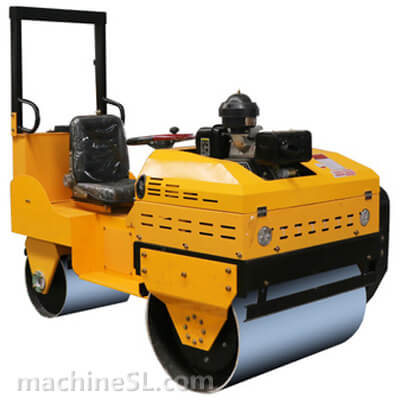
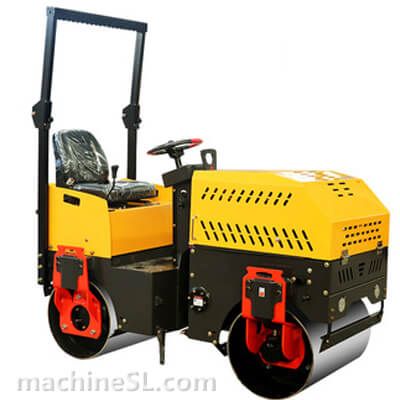
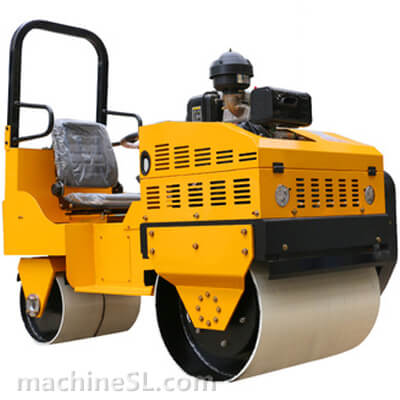
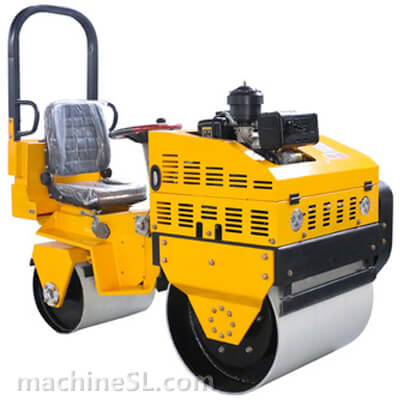
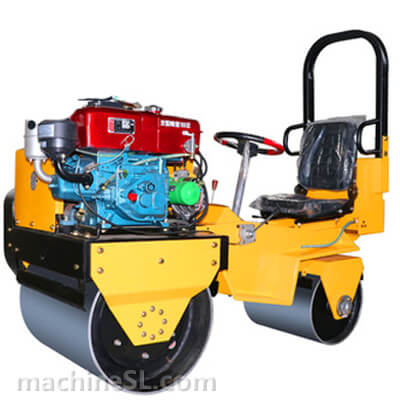
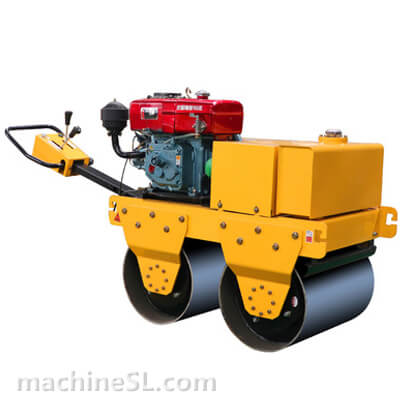
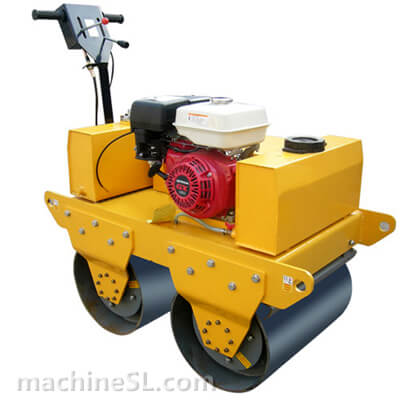
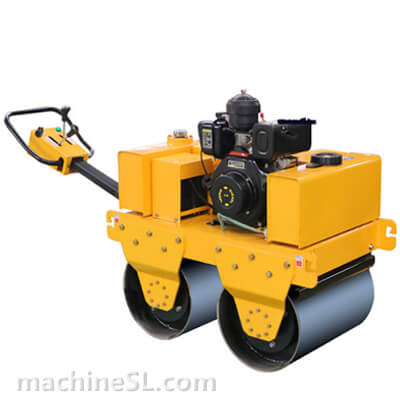
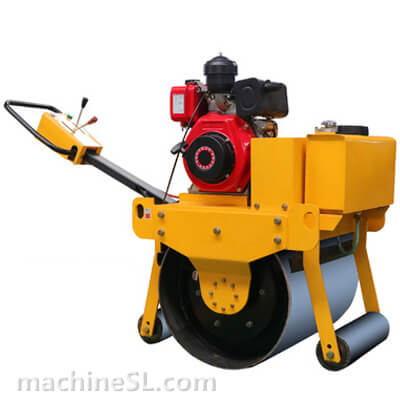
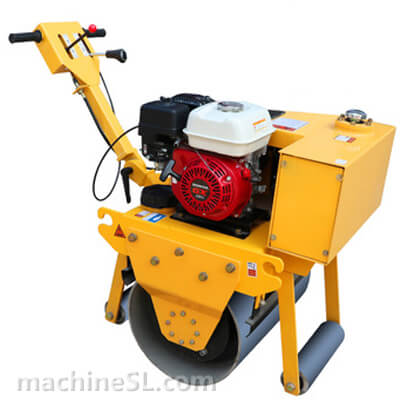
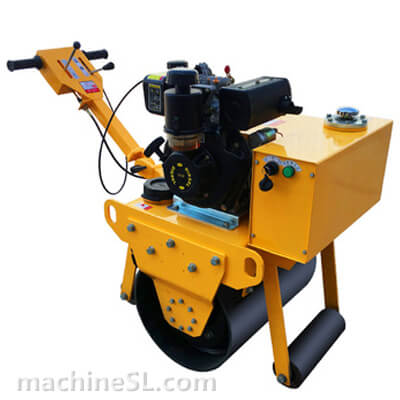
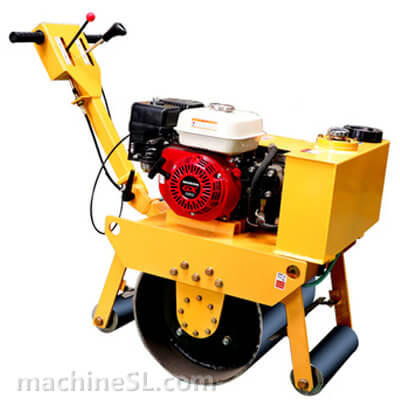
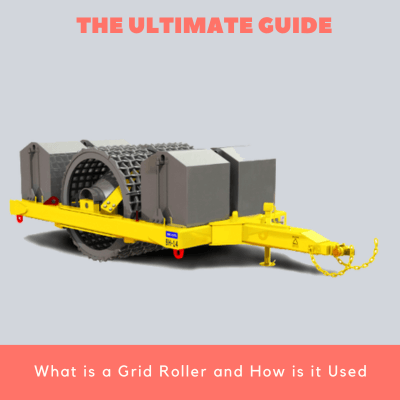
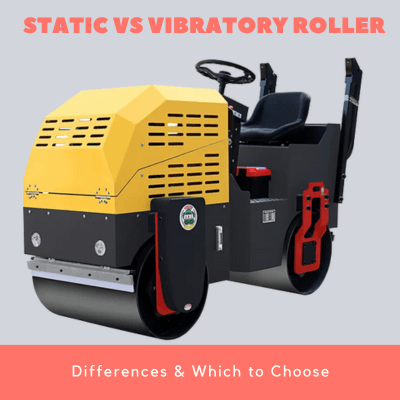
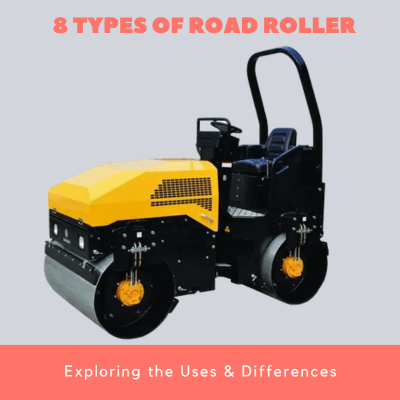
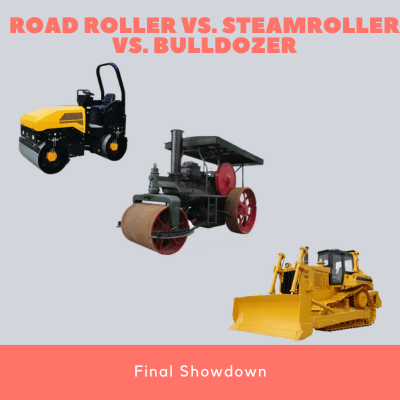
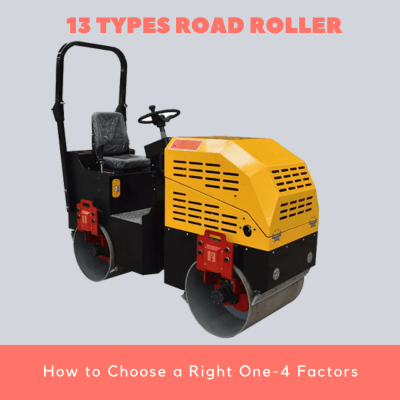
Price list quotation of all models